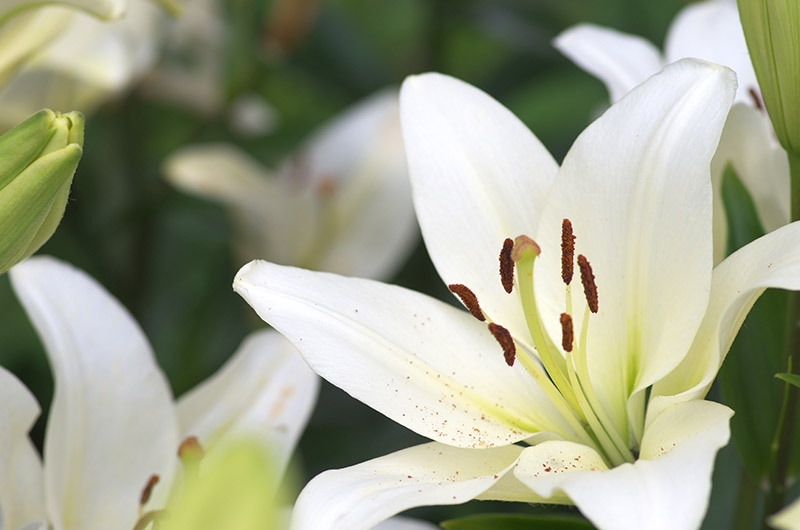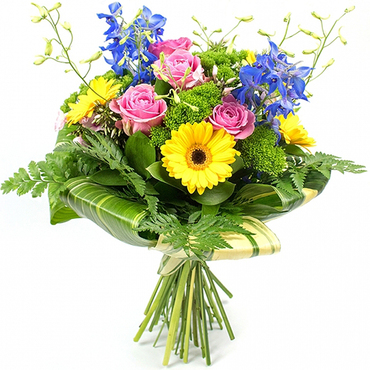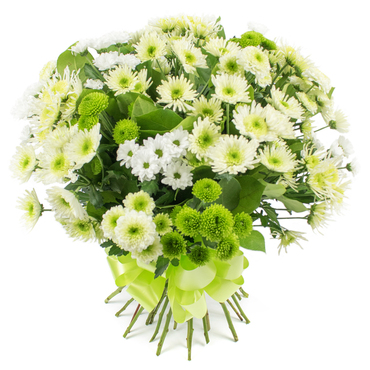David Austin Roses - Development and Classifications
Posted on 08/06/2025
David Austin Roses have long captivated gardeners and rose enthusiasts worldwide, thanks to their unique blend of the charm and fragrance of old garden roses with the disease resistance and repeat flowering of modern roses. This article delves into the development and classifications of David Austin Roses, shedding light on what makes them so special.
The Genesis of David Austin Roses
David Austin, a visionary horticulturist, began his rose-breeding journey in the 1940s. Inspired by the beauty of old garden roses and the vigor of modern hybrid teas and floribundas, he sought to create a new class that married the best of both worlds. His breakthrough came in 1961 with the introduction of 'Constance Spry,' a rose that signaled the beginning of a new era.

Classification of David Austin Roses
David Austin Roses fall into several distinct groups based on their growth habits and flowering attributes. Here's a closer look:
English Roses
These are the cornerstone of David Austin's breeding program. English Roses, also known as Austin Roses, combine the old-world charm of antique roses with modern rose benefits. They are known for their large, full-petaled flowers that exude exquisite fragrance and display an appealing array of colors, from soft pastels to rich, vibrant hues.
Climbing Roses
David Austin Climbing Roses are versatile and reliable, capable of producing an abundance of blooms throughout the growing season. They are perfect for covering walls, trellises, and arbours, adding vertical interest to gardens. Key varieties like 'Gertrude Jekyll' and 'Claire Austin' embody the classic elegance of climbing roses with the unique touch of David Austin's breeding expertise.
Shrub Roses
These roses offer robustness and adaptability, making them an excellent choice for borders, hedges, or as standalone specimens. Shrub roses like 'Golden Celebration' and 'Queen of Sweden' blend seamlessly into various landscape styles while providing continuous blooms and delightful fragrance.
The Breeding Process
The creation of David Austin Roses is a meticulous and artful process. It begins with cross-pollination of selected parent plants, followed by careful evaluation of the resulting seedlings. Desired traits such as fragrance, bloom shape, and disease resistance are carefully observed over several years. Only a few exceptional varieties make it to the market, ensuring that each new introduction holds the promise of charm and resilience.
Pros and Cons of David Austin Roses
Pros:
- Exquisite Beauty: David Austin Roses are celebrated for their stunning, full-petaled blooms and captivating fragrances that can elevate any garden.
- Disease Resistance: Many varieties are bred for improved disease resistance, reducing the need for chemical interventions.
- Repeat Flowering: Unlike many old garden roses, David Austin Roses often bloom repeatedly throughout the growing season.
Cons:
- Climate Sensitivity: Some varieties may struggle in extreme climates, either too hot or too cold.
- Maintenance: While generally hardy, these roses may require regular pruning and care to maintain their beauty and health.
Tips for Growing David Austin Roses
1. Planting Location: Choose a site with at least six hours of sunlight per day and well-draining soil.
2. Watering: Regular watering is essential, especially during dry spells, but avoid waterlogging the roots.
3. Pruning: Annual pruning in early spring promotes healthy growth and abundant blooms.
4. Fertilization: Use a balanced rose fertilizer to support strong growth and prolific flowering.
5. Mulching: Apply mulch around the base to retain moisture, regulate soil temperature, and suppress weeds.

Takeaways
David Austin Roses offer a remarkable combination of old-world charm and modern vitality. With careful attention to planting and maintenance, they can become a cherished feature in any garden. Their classification into English, Climbing, and Shrub Roses provides options for various garden styles and personal preferences.
Conclusion
David Austin Roses stand as a testament to the visionary breeding efforts of David Austin. Their development has redefined the rose landscape, bringing together beauty, fragrance, and resilience. While they do require some care and attention, the rewards they offer in terms of visual splendor and olfactory delight are well worth the effort. Whether you're an experienced gardener or a novice enthusiast, there is a David Austin Rose that can bring magic and elegance to your outdoor space.


























